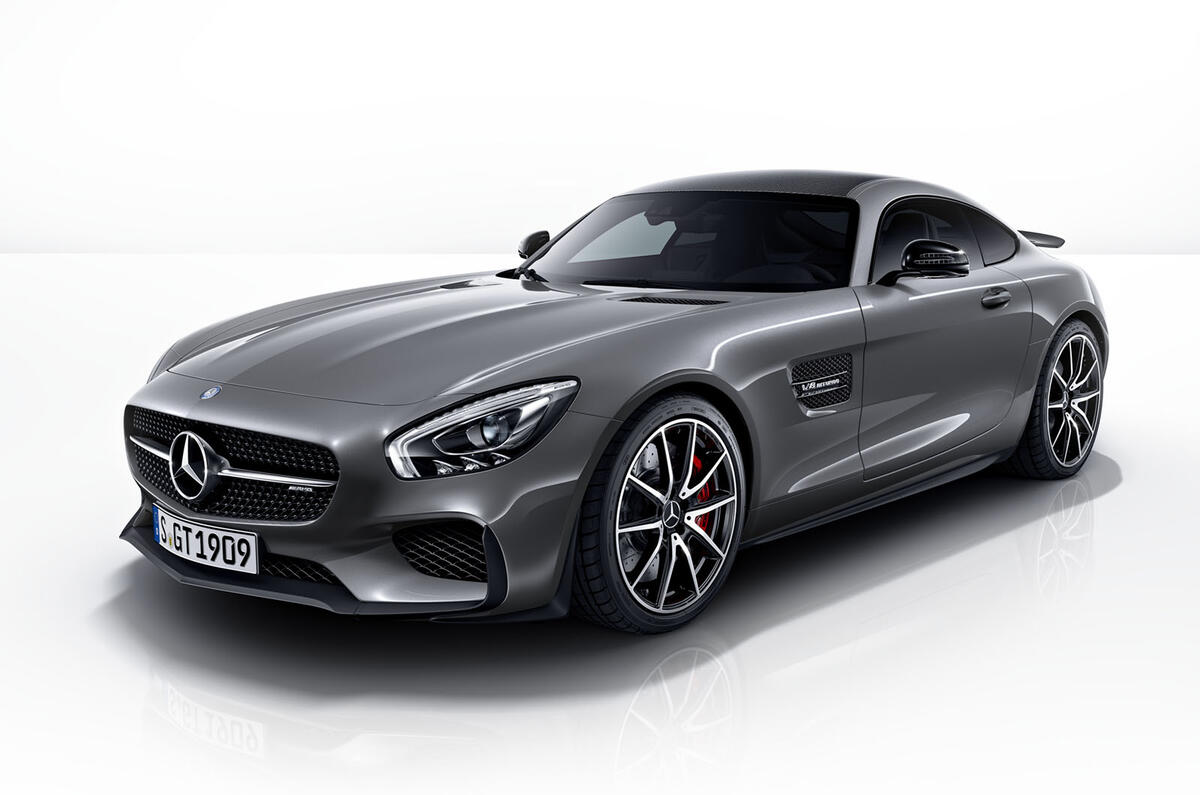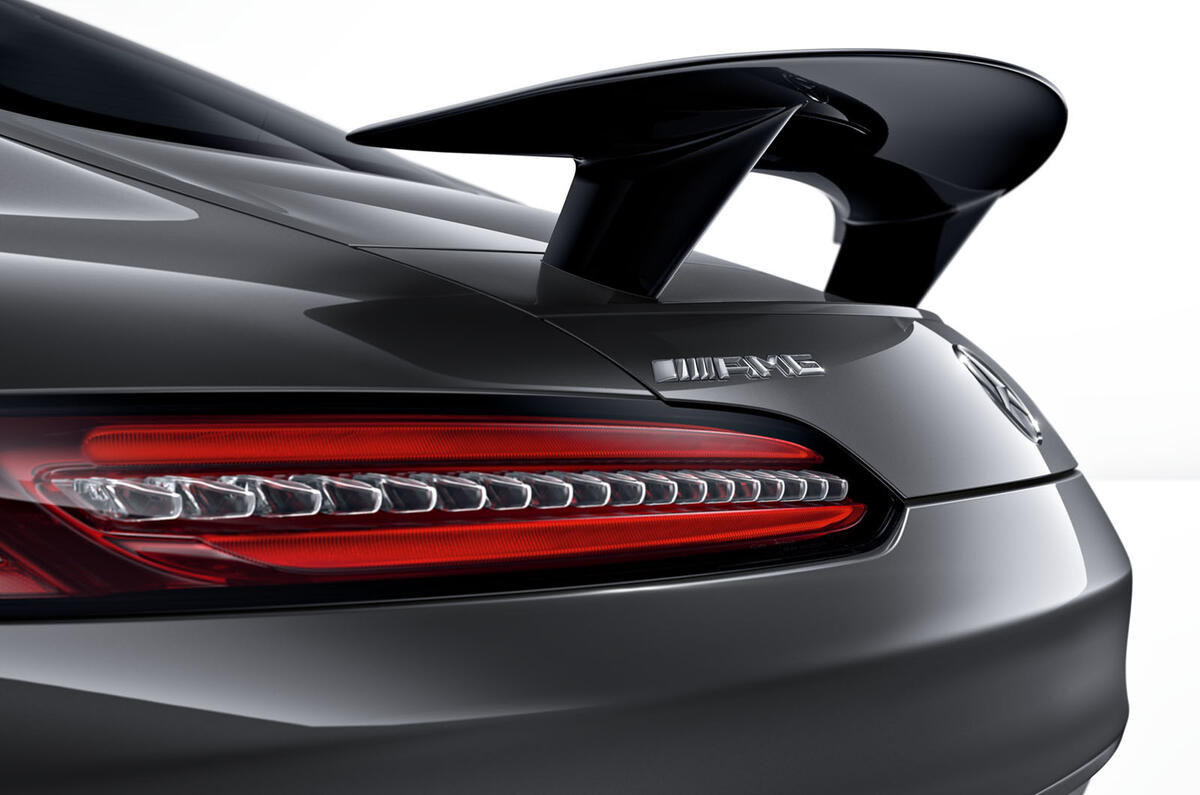An all-new car with a new architecture and engine, the Mercedes-AMG GT is designed to push deep into territory occupied by the likes of Porsche, Jaguar and Aston Martin.
Available in standard form or S versions wearing price tags of around £95,000 and £110,000 respectively, the GT will go on sale in Europe from the first quarter of next year with right hand drive versions reaching the UK in September - though order books open later this month.
Considering AMG started life as an independent tuning firm back in 1967 its complete integration with the Mercedes brand today is extraordinary. Even more so is the fact that Mercedes-AMG has become a sub-brand covering the entire spectrum of Mercedes models.
The new GT though, is something else. Not a heavily breathed-on existing model, it’s the second car from the bespoke tuning wing of Mercedes after the SLS to be produced from scratch.
The GT has an advanced aluminium-based chassis using similar construction techniques to mainstream cars like the Mercedes-Benz C-Class. This is significant because the use of exotic F1-style carbon fibre tubs is costly and restricts volumes. Using aluminium for the core of the new GT opens up the way for an entirely new family of sports cars, including roadsters, built in much higher volumes.
Around 90 per cent of the GT’s body is made from aluminium, the front section ahead of the front axle being made from magnesium to reduce inertia when the car wants to change direction and theoretically improving agility.
The boot lid is made from steel and strangely, the reason is to save weight, explains Mercedes-AMG chairman, Tobias Moers. “We used steel for the boot lid because it provided a lighter solution than using aluminium. The thickness of aluminium needed to achieve the profile I wanted was simply too great.” The bodyshell weighs just 231kg of the total 1540kg kerb weight.
AMG has dropped weight with the powertrain too. The new twin-turbocharged 4.0-litre M178 V8 engine is a study in downsizing, dropping more than two litres from the previous naturally aspirated 6.3-litre V8 and burning 32 per cent less fuel.
It’s offered in 456bhp and 503bhp form here with dry-sump engine lubrication allowing serious track use if desired. The higher of those numbers gives a power to weight ratio of 326bhp per tonne.
The engine is based on the new four-cylinder direct injection petrol engine launched last year in the Mercedes-Benz A-Class and shares the same bore and stroke.





















Add your comment
the first OK looking Merc for years
Scope for power hike
Not my car, I would need 5 more seats, but really beautiful nevertheless. The rear end is very 928, which is a good thing.
giulivo wrote:Since this is
Hate to be pedantic, but the A45AMG has 360PS, which equates to 355bhp. And like you say, the scope for extra power from this V8 makes you wonder exactly what a Black Series version the GT could be capable of. I'm eagerly anticipating Aston Martin's next generation of cars for the same reason.
AMG Mercedes Benz are focusing more on high volumes ebtry level